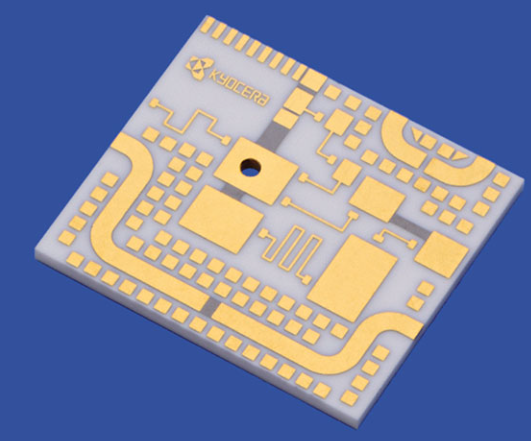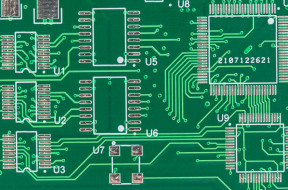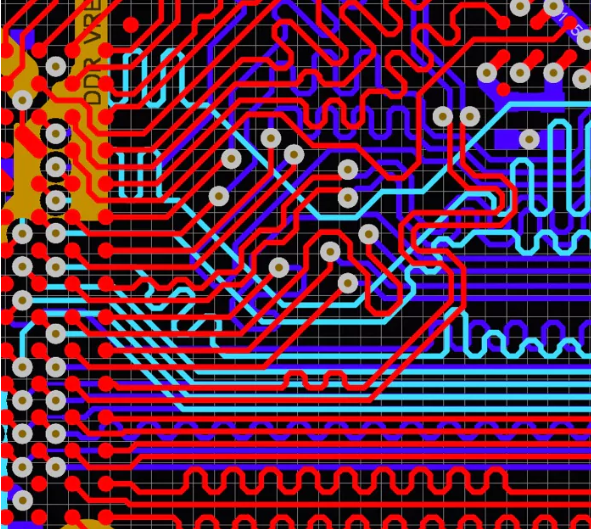Can you solder ceramic
Understanding The Basics Of Soldering Ceramic Materials
Soldering is a process that involves joining two or more materials by melting a filler metal into the joint. While it is commonly associated with metals, the question arises: can you solder ceramic? Understanding the basics of soldering ceramic materials requires a nuanced approach, as ceramics present unique challenges due to their distinct properties. Ceramics are known for their high melting points, brittleness, and insulating characteristics, which differentiate them significantly from metals. These properties necessitate specialized techniques and materials when attempting to solder ceramics.
To begin with, it is essential to recognize that traditional soldering methods used for metals are not directly applicable to ceramics.
The primary reason is that ceramics do not conduct heat in the same manner as metals, making it difficult to achieve the necessary temperature for soldering without causing damage. Moreover, the brittleness of ceramics means they are prone to cracking under thermal stress, which can occur during the soldering process. Therefore, a different approach is required to successfully solder ceramic materials.
One of the key techniques employed in soldering ceramics involves the use of metallization.
This process entails applying a metal layer to the ceramic surface, which can then be soldered using conventional methods. Metallization typically involves coating the ceramic with a thin layer of metal, such as molybdenum-manganese, followed by a nickel or gold plating. This metal layer acts as an intermediary, allowing the solder to bond effectively with the ceramic. The metallization process is crucial because it provides a compatible surface for the solder, thereby facilitating a strong and durable joint.
In addition to metallization, selecting the appropriate solder is vital for successful ceramic soldering.
High-temperature solders, such as those containing silver or gold, are often preferred due to their ability to withstand the elevated temperatures required for ceramic applications. These solders not only provide a robust bond but also accommodate the thermal expansion differences between the ceramic and the metal layer. Furthermore, the use of flux is essential in the soldering process, as it helps to clean the surfaces and promote wetting, ensuring a reliable connection.
Another important consideration when soldering ceramics is the choice of heating method.
Traditional soldering irons may not provide the uniform heat distribution necessary for ceramics. Instead, techniques such as furnace soldering or laser soldering are often employed. These methods allow for precise temperature control and minimize the risk of thermal shock, which can lead to cracking. By carefully managing the heat application, it is possible to achieve a successful solder joint without compromising the integrity of the ceramic material.
In conclusion, while soldering ceramic materials presents unique challenges, it is indeed possible with the right techniques and materials. The process requires a thorough understanding of the properties of ceramics and the application of specialized methods such as metallization and the use of high-temperature solders. By employing these strategies, it is feasible to create strong and reliable joints between ceramics and other materials. As technology continues to advance, the ability to solder ceramics will likely become increasingly refined, opening new possibilities for their use in various industries.

Tools And Techniques For Soldering Ceramic Components
Soldering ceramic components is a specialized task that requires a nuanced understanding of both the materials involved and the techniques necessary to achieve a successful bond. Ceramics, known for their durability and resistance to heat, present unique challenges when it comes to soldering. Unlike metals, ceramics do not conduct electricity or heat well, which can complicate the soldering process. However, with the right tools and techniques, it is possible to solder ceramic components effectively.
To begin with, selecting the appropriate solder is crucial.
Traditional lead-based solders are generally unsuitable for ceramics due to their low melting points and lack of adhesion to non-metallic surfaces. Instead, silver-based solders are often recommended for ceramic applications. These solders have higher melting points and better wetting properties, which are essential for creating a strong bond with ceramic materials. Additionally, the use of a suitable flux is imperative. Flux serves to clean the surfaces being joined and facilitates the flow of solder, ensuring a robust connection. For ceramics, a specialized flux designed for high-temperature applications is typically required.
The choice of soldering iron or tool is another critical consideration.
A standard soldering iron may not provide the necessary heat control or intensity required for ceramic components. Instead, a soldering station with adjustable temperature settings is advisable. This allows for precise control over the heat applied, which is essential given the thermal sensitivity of ceramics. In some cases, a torch or a hot air rework station may be more appropriate, particularly for larger ceramic pieces or those with significant thermal mass.
Surface preparation is a fundamental step in the soldering process.
Ceramics often have smooth, non-porous surfaces that can hinder solder adhesion. Therefore, it is essential to roughen the surface slightly using abrasive materials such as sandpaper or a diamond file. This creates a texture that allows the solder to grip more effectively. Additionally, cleaning the surface to remove any contaminants, such as oils or dust, is vital to ensure a clean bond.
Once the surface is prepared, the application of heat must be carefully managed.
Ceramics can be prone to thermal shock, which can cause cracking or other damage if they are heated too quickly or unevenly. Gradually increasing the temperature and ensuring even heat distribution can mitigate these risks. It is also important to allow the ceramic to cool slowly after soldering to prevent stress fractures.
In terms of technique, applying the solder requires a steady hand and precision.
The solder should be applied sparingly to avoid excess, which can lead to weak joints or bridging between components. It is often beneficial to pre-tin the surfaces, applying a thin layer of solder before joining the components. This can enhance the bond strength and ensure a more uniform distribution of solder.
In conclusion, while soldering ceramic components presents distinct challenges, it is achievable with the right approach. By selecting appropriate materials, preparing surfaces meticulously, and applying heat judiciously, a strong and reliable bond can be formed. Mastery of these techniques not only facilitates successful soldering but also broadens the scope of applications for ceramic components in various technological and industrial fields.
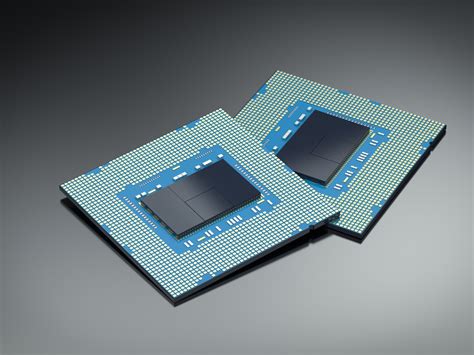
Common Challenges In Soldering Ceramic And How To Overcome Them
Soldering ceramic materials presents a unique set of challenges that can be daunting for even experienced technicians. The inherent properties of ceramics, such as their brittleness and poor thermal conductivity, make them difficult to work with using traditional soldering techniques. However, understanding these challenges and employing specific strategies can lead to successful outcomes.
One of the primary challenges in soldering ceramics is their poor thermal conductivity.
Unlike metals, ceramics do not efficiently transfer heat, which can result in uneven heating during the soldering process. This uneven heating can cause thermal stress, leading to cracks or fractures in the ceramic material. To overcome this, it is crucial to use a controlled heating method. Preheating the ceramic component gradually can help distribute the heat more evenly, reducing the risk of thermal shock. Additionally, using a soldering iron with adjustable temperature settings allows for precise control over the heat applied, further minimizing the potential for damage.
Another significant challenge is the lack of a natural bond between ceramic surfaces and solder.
Ceramics are typically non-metallic and do not have the same surface energy characteristics as metals, making it difficult for solder to adhere. To address this issue, surface preparation is essential. Cleaning the ceramic surface thoroughly to remove any contaminants, such as dust or oils, is a critical first step. Following this, applying a suitable flux can enhance the wetting properties of the solder, promoting better adhesion. Fluxes designed specifically for ceramics often contain active agents that help break down surface oxides, facilitating a stronger bond between the solder and the ceramic.
Moreover, selecting the appropriate solder is vital when working with ceramics.
Traditional lead-based solders may not be suitable due to their relatively high melting points and potential for causing thermal stress. Instead, low-temperature solders, such as those based on indium or bismuth, are often preferred. These solders melt at lower temperatures, reducing the risk of damaging the ceramic material. Additionally, they tend to have better wetting properties on ceramic surfaces, further enhancing the bond strength.
In addition to these technical considerations, the mechanical properties of ceramics pose another challenge.
Ceramics are inherently brittle, and any mechanical stress during the soldering process can lead to cracking or breaking. To mitigate this risk, it is important to minimize any physical force applied to the ceramic component. Using fixtures or supports to hold the ceramic in place can prevent movement and reduce stress during soldering. Furthermore, allowing the soldered joint to cool gradually can help relieve any residual stress, preserving the integrity of the ceramic.
Finally, it is worth noting that the environment in which soldering takes place can also impact the process.
Moisture and humidity can affect the performance of fluxes and solders, potentially leading to poor adhesion or corrosion. Therefore, conducting soldering operations in a controlled environment, where temperature and humidity are regulated, can contribute to more consistent and reliable results.
In conclusion, while soldering ceramics presents several challenges, understanding the material properties and employing appropriate techniques can lead to successful outcomes. By addressing issues related to thermal conductivity, surface adhesion, solder selection, mechanical stress, and environmental conditions, technicians can effectively overcome the obstacles associated with soldering ceramic materials. Through careful preparation and execution, it is possible to achieve strong, reliable bonds that meet the demands of various applications.
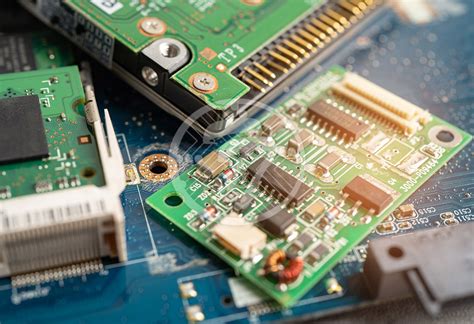
Applications Of Soldering In Ceramic-Based Electronics
Soldering, a process traditionally associated with metals, has found its way into the realm of ceramic-based electronics, offering a unique set of applications and challenges. As the demand for miniaturized and high-performance electronic devices continues to grow, the integration of ceramics in electronic components has become increasingly prevalent. Ceramics, known for their excellent thermal stability, electrical insulation, and mechanical strength, are now being used in various electronic applications, including substrates, capacitors, and insulators. However, the question arises: can you solder ceramic? The answer is yes, but it requires specialized techniques and materials.
To begin with, the soldering of ceramics is not as straightforward as soldering metals.
Ceramics are inherently non-metallic and do not possess the same conductive properties as metals, making the process more complex. The key to successful soldering lies in the preparation of the ceramic surface. This often involves metallization, a process where a thin layer of metal is deposited onto the ceramic surface to facilitate the bonding of solder. Common metallization techniques include the use of thin films of metals such as nickel, gold, or silver, which provide a suitable surface for solder adhesion.
Once the ceramic surface is metallized, the choice of solder becomes crucial.
Traditional lead-based solders are often unsuitable due to their high melting points and potential for thermal stress, which can damage the ceramic material. Instead, low-temperature solders, such as indium-based alloys, are preferred. These solders melt at lower temperatures, reducing the risk of thermal expansion and contraction that could lead to cracking or other structural issues in the ceramic.
In addition to selecting the appropriate solder, the soldering process itself must be carefully controlled.
Techniques such as reflow soldering or laser soldering are commonly employed, as they allow for precise temperature control and localized heating. This precision is essential to prevent damage to the ceramic and ensure a strong, reliable bond. Furthermore, the use of flux, a chemical cleaning agent, is often necessary to remove any oxides or impurities from the metallized surface, promoting better wetting and adhesion of the solder.
The applications of soldering in ceramic-based electronics are diverse and significant.
One prominent application is in the production of multilayer ceramic capacitors (MLCCs), which are widely used in electronic circuits for their high capacitance and compact size. Soldering is used to attach these capacitors to printed circuit boards (PCBs), ensuring a secure electrical connection. Additionally, ceramic substrates, which serve as the foundation for mounting electronic components, often require soldering to attach various elements, such as semiconductor chips and connectors.
Moreover, the use of ceramics in high-frequency and high-power applications, such as microwave circuits and power electronics, further underscores the importance of soldering in this field.
The ability to solder ceramic components allows for the creation of robust and reliable electronic assemblies that can withstand harsh operating conditions, including extreme temperatures and mechanical stress.
In conclusion, while soldering ceramics presents unique challenges, advancements in metallization techniques, solder materials, and soldering processes have made it a viable and essential practice in the field of ceramic-based electronics. As technology continues to evolve, the role of ceramics in electronics is likely to expand, further highlighting the importance of mastering the art of soldering these versatile materials.

